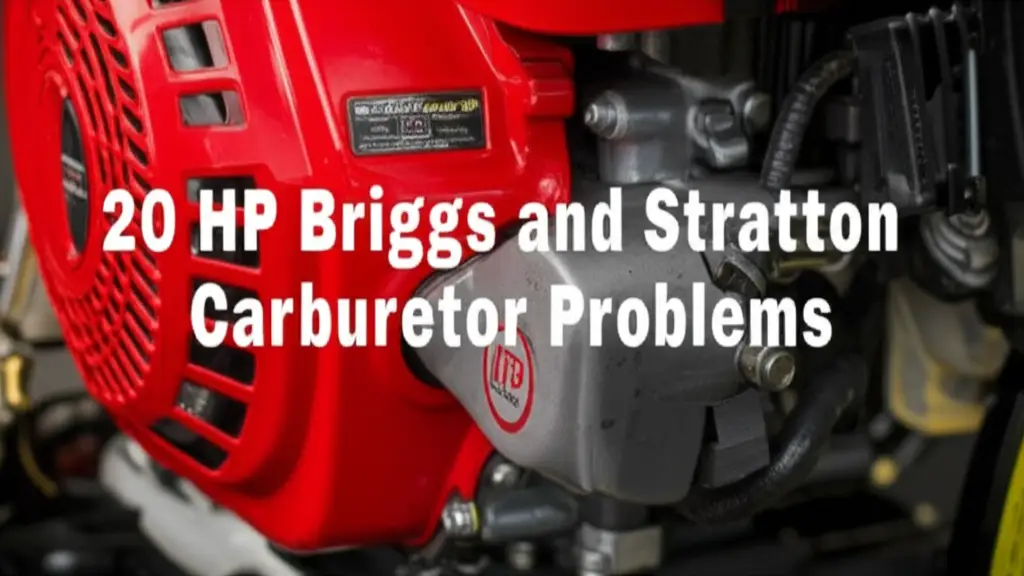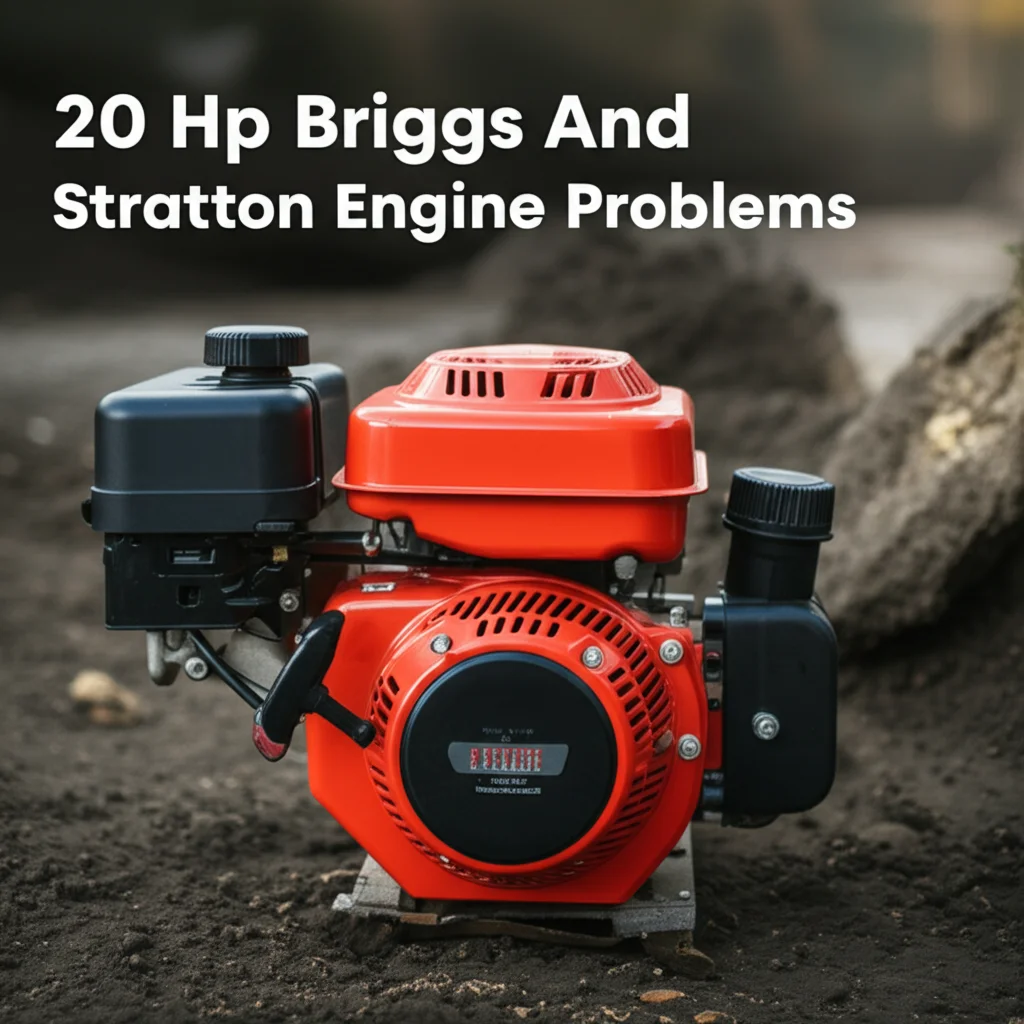· Lawn Mower Repair · 7 min read
Cub Cadet Zero Turn Steering Wheel Problems

Cub Cadet Zero Turn Steering Wheel Problems: A Comprehensive Guide
Have you noticed your Cub Cadet zero turn mower isn’t responding as it should when you turn the steering wheel? A frustrating experience, right? Steering issues can range from a slightly stiff wheel to complete loss of control, impacting your mowing efficiency and safety. This article dives deep into common Cub Cadet zero turn steering wheel problems, offering practical troubleshooting steps and solutions to get you back to a smooth, controlled mowing experience. We’ll cover everything from simple fixes to more complex repairs, ensuring you have the knowledge to tackle the issue head-on.
Takeaway:
- Check steering linkages for looseness or damage.
- Inspect the steering sector and gear box for wear.
- Ensure proper hydraulic fluid levels and check for leaks.
- Consider professional repair for complex issues.
What causes steering wheel problems in a Cub Cadet zero turn mower?
Several factors can contribute to steering wheel issues in your Cub Cadet zero turn. These range from simple wear and tear to more serious mechanical failures. Typically, the problem stems from the steering linkage, the steering sector, or the hydraulic system that powers the steering. Understanding these potential causes is the first step toward a successful repair.
1. Loose or Damaged Steering Linkages
One of the most common causes of steering wheel problems is loose or damaged steering linkages. These linkages connect the steering wheel to the wheels, translating your input into directional movement. Over time, vibrations and regular use can cause bolts to loosen, or the linkages themselves can bend or break.
To inspect the linkages, start by visually examining them for any obvious signs of damage, like bends or cracks. Then, try to manually move each linkage; there shouldn’t be excessive play. Tighten any loose bolts, and replace any damaged components. If you’re unsure about identifying the correct parts, consulting your Cub Cadet owner’s manual is a great idea. For more complex engine issues, you might also want to check out https://beacleaner.com/cub-cadet-zero-turn-carburetor-problems-troubleshooting-tips-solutions to rule out related problems.
2. Worn Steering Sector and Gear Box
The steering sector and gear box are crucial components that translate the rotational motion of the steering wheel into linear motion to steer the mower. These parts contain gears that can wear down over time, leading to play in the steering and reduced responsiveness. A worn steering sector often manifests as a noticeable gap or looseness when you move the steering wheel.
To check the steering sector, have someone gently rock the steering wheel back and forth while you observe the sector for movement. Any significant play indicates wear. Replacing the steering sector and gear box is often necessary in these cases, and it’s a job best left to a qualified mechanic if you’re not comfortable with mechanical repairs. If you’re experiencing starting issues alongside steering problems, consider reviewing https://beacleaner.com/cub-cadet-zero-turn-starting-problems-overcome-them-with-ease.
3. Low or Contaminated Hydraulic Fluid
Many Cub Cadet zero turn mowers utilize a hydraulic system to provide steering assistance. Low hydraulic fluid levels or contaminated fluid can significantly impact steering performance. Low fluid reduces the pressure needed for smooth steering, while contaminated fluid can damage the hydraulic components.
Check the hydraulic fluid level using the dipstick, following the instructions in your owner’s manual. If the fluid is low, top it off with the recommended type. Also, inspect the fluid for any signs of contamination, such as a milky or dark appearance. If the fluid is contaminated, a complete hydraulic fluid flush and filter replacement are necessary. Maintaining your hydrostatic transmission is also key; learn more at https://beacleaner.com/cub-cadet-rzt-l-54-hydrostatic-transmission-oil-change.
4. Hydraulic Leaks in the Steering System
Hydraulic leaks are a common culprit behind low fluid levels and diminished steering performance. Leaks can occur at various points in the system, including hoses, fittings, and the steering cylinder. Identifying and repairing leaks is crucial to restoring proper steering function.
Start by visually inspecting all hydraulic hoses and fittings for any signs of leaks, such as wet spots or drips. Tighten any loose fittings, and replace any damaged hoses. If you can’t locate the leak, a pressure test can help pinpoint the source. Remember to always relieve pressure from the hydraulic system before disconnecting any lines. If you’re facing PTO clutch issues alongside steering problems, you might find this resource helpful: https://beacleaner.com/cub-cadet-rzt-50-pto-clutch-problems-troubleshooting-and-solutions.
5. Steering Wheel Shaft Issues
Sometimes, the problem isn’t with the steering system itself, but with the steering wheel shaft. This shaft connects the steering wheel to the steering gear. Issues can include a loose connection, a bent shaft, or a worn bearing.
Check for play in the steering wheel shaft by attempting to move the steering wheel up and down or side to side. Any excessive movement indicates a problem. Tighten any loose connections, and if the shaft is bent or the bearing is worn, it will need to be replaced. This repair may require removing the steering wheel and accessing the shaft from underneath the mower deck.
6. Issues with the Lap Bar (If Applicable)
Some Cub Cadet zero turn models utilize a lap bar for safety and steering control. Problems with the lap bar, such as a faulty switch or damaged linkages, can interfere with steering. If your mower has a lap bar, ensure it’s functioning correctly.
Check the lap bar switch to ensure it’s engaging and disengaging properly. Inspect the linkages connecting the lap bar to the steering system for any damage or looseness. If the lap bar isn’t functioning correctly, it may need to be adjusted or replaced. If you’re experiencing issues with one side of your mower not working, check out https://beacleaner.com/husqvarna-zero-turn-one-side-not-working-troubleshooting-guide.
7. Steering Cylinder Problems
The steering cylinder is a hydraulic component that provides the force to turn the wheels. If the cylinder is damaged or leaking, it can cause steering problems. Inspect the cylinder for leaks and ensure it’s moving smoothly.
A damaged steering cylinder will likely require replacement. This is a more complex repair that often requires specialized tools and knowledge. If you’re not comfortable performing this repair yourself, it’s best to take your mower to a qualified mechanic.
Frequently Asked Questions (FAQ)
Q: Can low tire pressure affect steering on a Cub Cadet zero turn? A: Yes, significantly. Uneven tire pressure can cause the mower to pull to one side, making steering difficult. Always ensure all tires are inflated to the recommended pressure specified in your owner’s manual.
Q: How often should I check the hydraulic fluid in my Cub Cadet zero turn? A: It’s best to check the hydraulic fluid level before each use, or at least every 25 hours of operation. Regular checks help prevent damage to the hydraulic system.
Q: What type of hydraulic fluid should I use in my Cub Cadet zero turn? A: Refer to your owner’s manual for the specific type of hydraulic fluid recommended for your model. Using the wrong fluid can damage the hydraulic system.
Q: Is it safe to continue mowing with steering problems? A: No, it is not safe. Steering problems can lead to loss of control, increasing the risk of accidents. Stop mowing immediately and address the issue before continuing.
Q: What if I can’t identify the source of the steering problem? A: If you’ve tried the troubleshooting steps and still can’t identify the problem, it’s best to take your mower to a qualified mechanic for diagnosis and repair.
Conclusion
Addressing Cub Cadet zero turn steering wheel problems promptly is vital for safe and efficient mowing. From checking simple things like loose linkages and fluid levels to diagnosing more complex issues like worn steering sectors or hydraulic leaks, this guide provides a comprehensive overview of potential causes and solutions. Remember to always consult your owner’s manual for specific instructions related to your model. If you’re uncomfortable performing any repairs yourself, don’t hesitate to seek professional assistance. Maintaining proper steering ensures a smooth, controlled mowing experience, allowing you to enjoy a beautifully manicured lawn.
- zero turn steering
- Cub Cadet repair
- steering wheel issues


